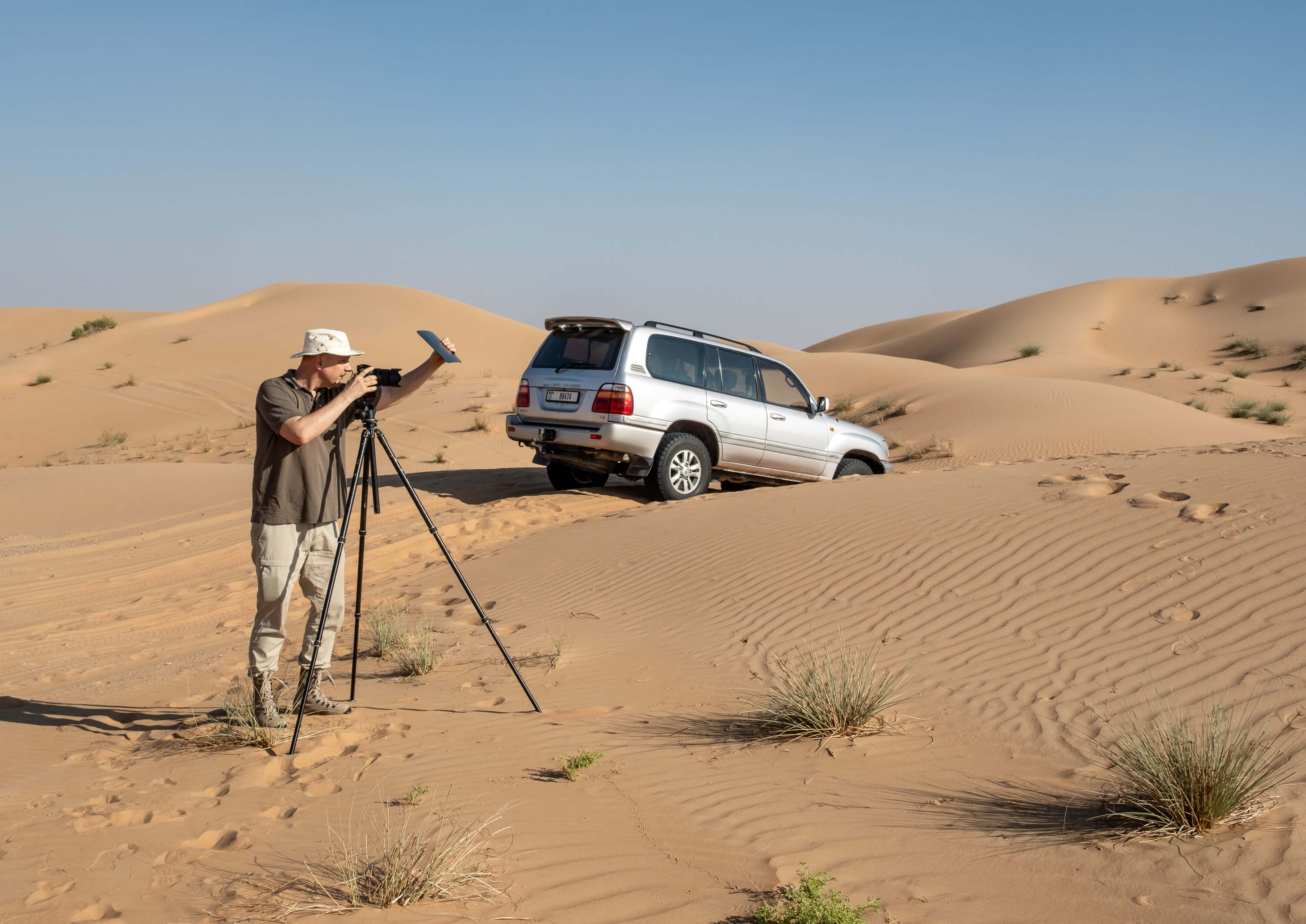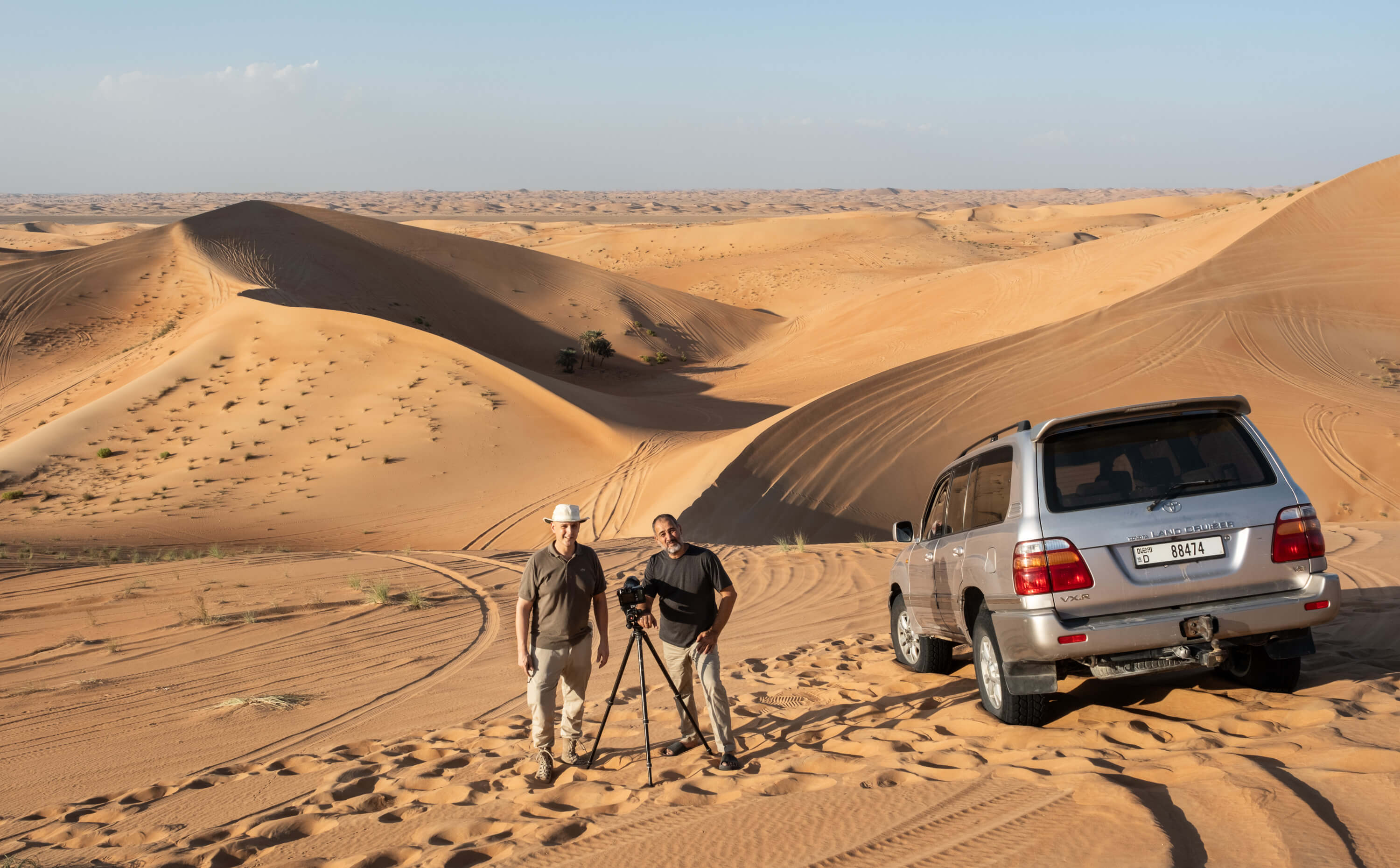The Art of Being — SKF Konstnärshuset
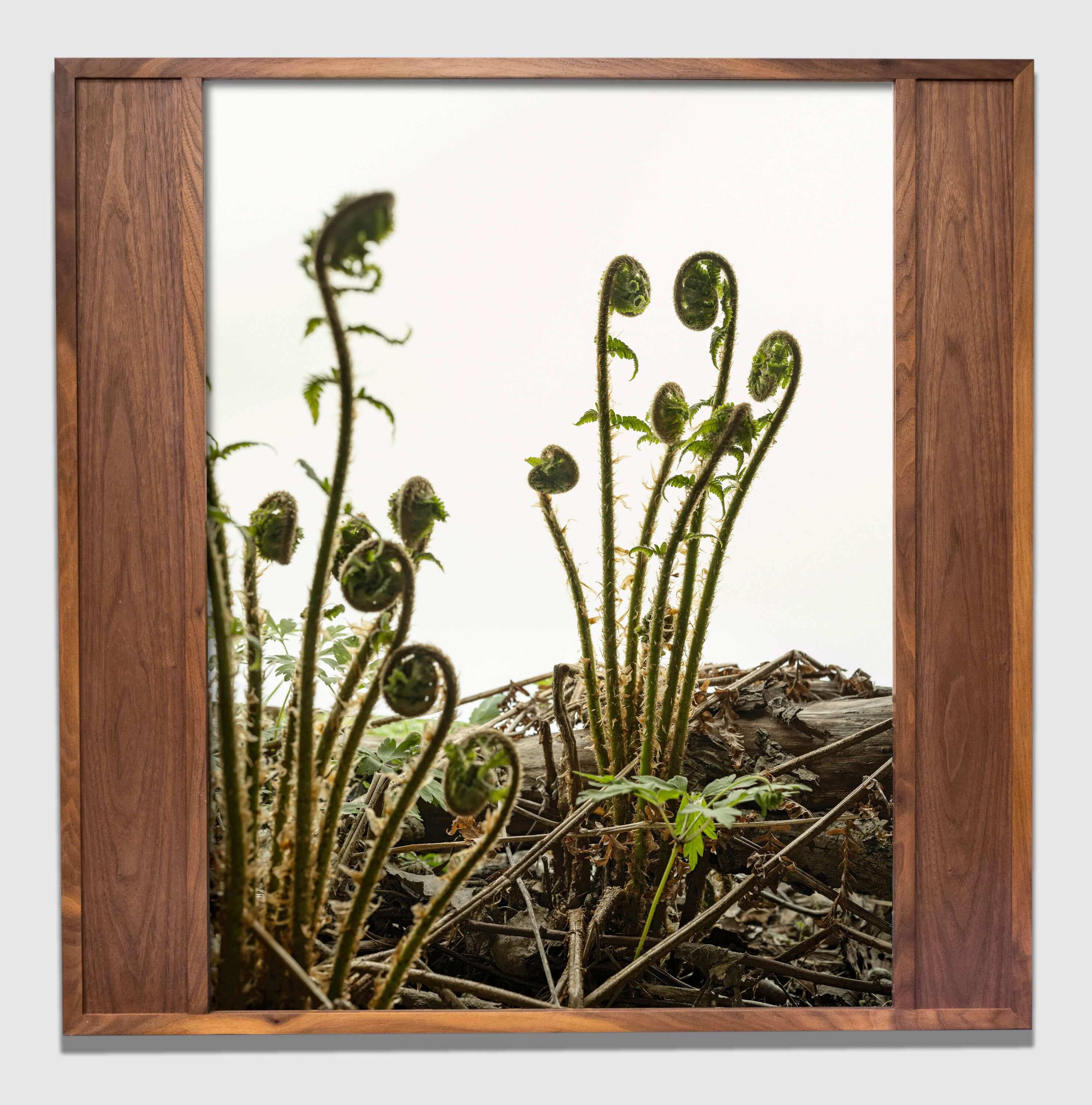
Photosynthesis 2882
Opening: October 11 13-16
Curators: Ninna Cavallin and Hedwig Edsforth
October 11 – November 8
Wednesday 12-16, Thursday 12-18, Friday - Saturday 12-16. Closed October 31 and November 1
Konstnärshuset
Artist Talk - Katarina Church
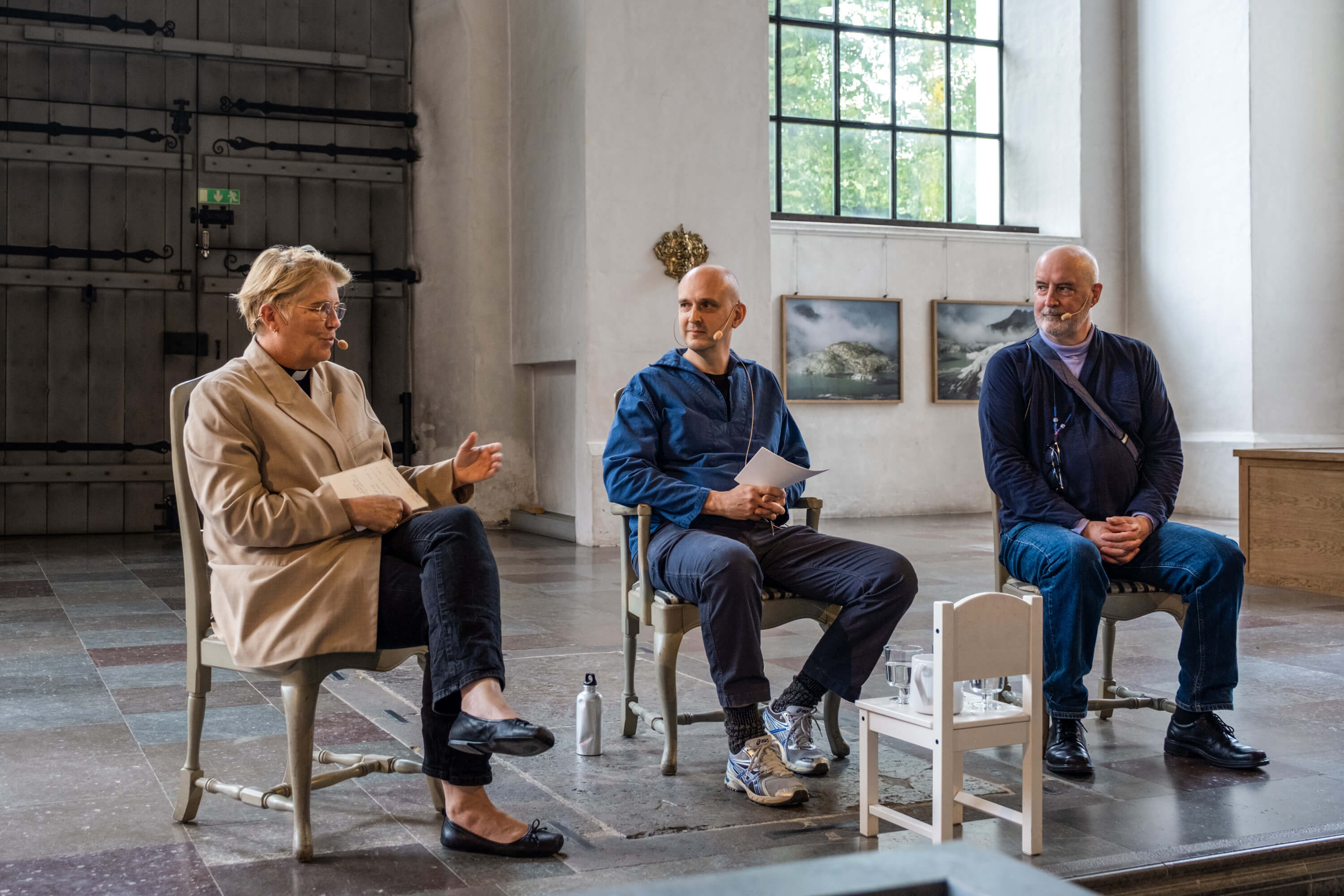
Artist talk in Katarina Church in Stockholm with photographer Erik Hagman, Vicar Camilla Lif, and Professor Kevin Noone at the Department of Environmental Sciences. “New Heaven and New Earth” comprises images from the Aletsch and Rhône glaciers in the Alps, both scarred by global warming. The exhibition formed the backdrop for the discussion, taking a starting point in the concern for the current state of the world's climate and ways forward. The recent years' rising numbers of conflicts and wars have shifted focus and silenced much of the discussion about the climate and solutions. The world and life itself will find a way forward, but our human society is at grave risk, and new solutions like degrowth and the adoption of an alternative economic system are desperately needed.
Climate, Faith and Photography

Konstnärssamtal — Klimat, tro och fotografi
Möt fotografen Erik Hagman, kyrkoherde Camilla Lif och professor Kevin Noone vid Institutionen för miljövetenskap i ett samtal om utställningen ”Ny himmel och ny jord”. ”Ny himmel och ny jord” består av bilder från Aletsch- och Rhôneglaciärerna i Alperna, båda sargade av global uppvärmning. Miljö- och klimatpåverkan är frågor som berör och oroar många människor idag, men som återigen får stå tillbaka för krig och ekonomisk tillväxt – detta medan jorden, som vi känner den och våra liv är beroende av, genomgår irreversibla förändringar.
21 september 14:00 – 14:45
Katarina Kyrka
Artist Talk — Climate, Faith and Photography
Meet photographer Erik Hagman, vicar Camilla Lif, and professor Kevin Noone at the Department of Environmental Sciences in a conversation about the exhibition “New Heaven and New Earth”. “New Heaven and New Earth” consists of images from the Aletsch and Rhône glaciers in the Alps, both scarred by global warming. Environmental and climate impact are issues that concern many people today, but which are once again being pushed aside by war and economic growth – all while the earth, as we know it and our lives depend on, is undergoing irreversible changes.
September 21 14:00 – 14:45
Katarina Church
A New Heaven and a New Earth
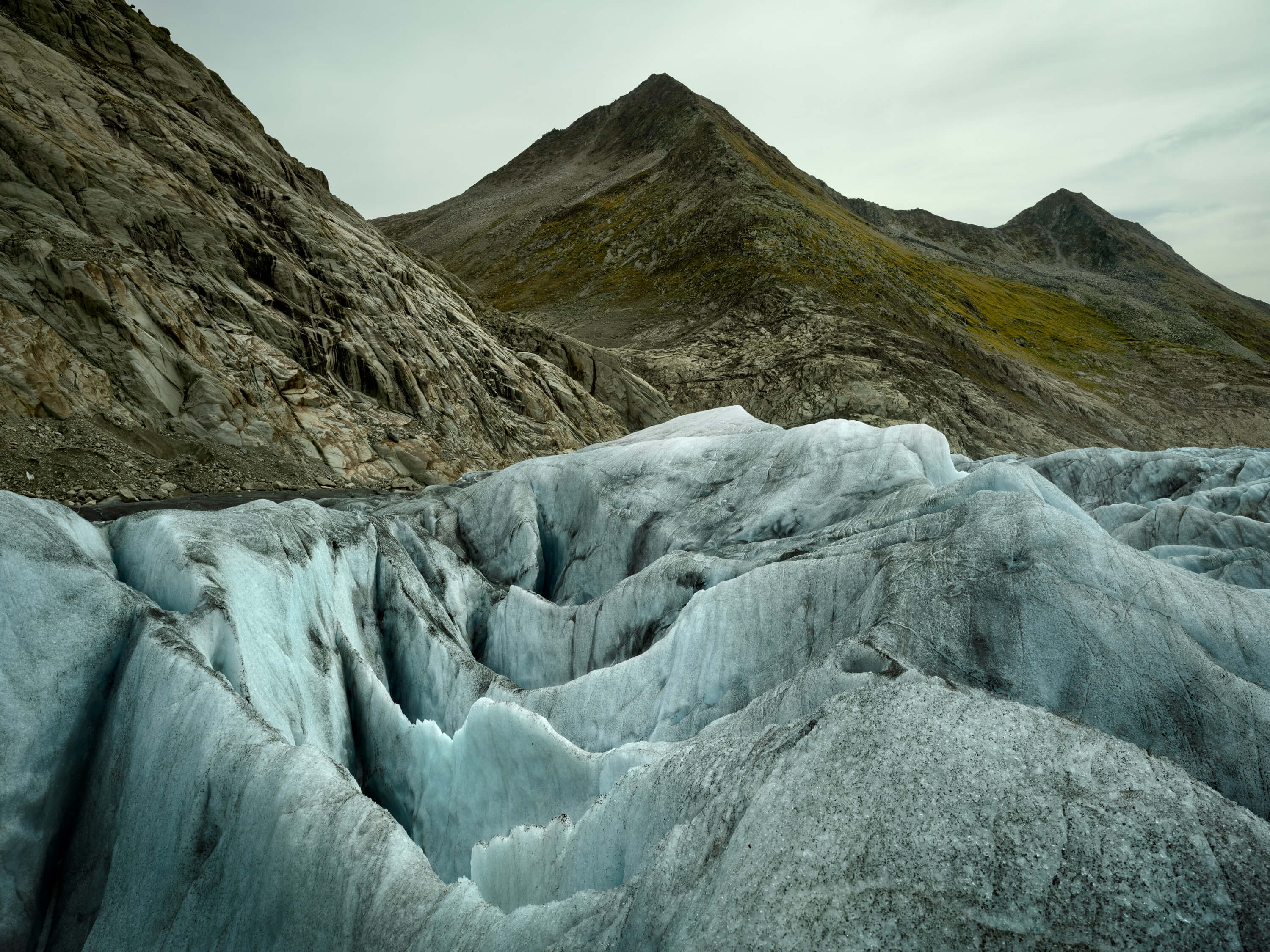 Aletsch Glacier 2022
Aletsch Glacier 2022
Konst i Katarina Kyrka — Ny himmel och ny jord
”Ny himmel och ny jord” består av bilder från Aletsch- och Rhôneglaciärerna i Alperna, båda sargade av global uppvärmning. Fotografierna undersöker spåren av miljö- och klimatpåverkan i en värld där tron på tekniska framsteg och den antropocentriska världsbilden uppfyller vårt samhälle och våra liv. Paradoxen är att den industriella och tekniska utvecklingen som givit oss vårt materiella välstånd också är orsaken till den existentiellt ohållbara situation vi befinner oss i.
Aletsch är Centraleuropas största glaciär och omsluts av ett storslaget bergslandskap med flera höga toppar, Aletschhorn på 4,193 meter är det kallaste berget i hela Alperna. Att glaciären bestående av 11 miljarder ton is inom en snar framtid kommer att smälta bort och lämna stora delar av Europa torrlagt är otänkbart. Vid Rhôneglaciären är avsmältningen helt uppenbar, i generationer har man huggit ut en grotta i isen varje år, nu krymper glaciären med 10 centimeter varje dag och i ett desperat försök att bromsa avsmältningen täcker man isen med värmeskyddande tyg. År för år flyttas ingången till grottan längre och längre upp längst berget, i takt med att glaciären krymper.
Klimatet och miljön är frågor som idag oroar många andra människor. Frågor som för inte länge sedan var överskuggade av ekonomi och framstegstro riskerar återigen att få stå tillbaka för krig och ekonomisk tillväxt — detta medan jorden, som vi känner den och våra liv är beroende av, genomgår irreversibla förändringar.
Utställningen har gjorts möjlig med bidrag från Helge Ax:son Johnsons Stiftelse och Konstnärsnämnden och visas i Katarina Kyrka, Stockholm från 7 till 28 september.
www.svenskakyrkan.se/katarina-/konst-i-katarina-kyrka
Art in Katarina Church — New Heaven and New Earth
“New Heaven and New Earth” consists of images from the Aletsch and Rhône glaciers in the Alps, both scarred by global warming. The photographs examine the traces of environmental and climate impact in a world where belief in technological progress and the anthropocentric worldview dominate our society and our lives. The paradox is that the industrial and technological development that has given us our material prosperity is also the cause of the existentially unsustainable situation we find ourselves in.
Aletsch is Central Europe’s largest glacier, surrounded by a magnificent mountain landscape featuring several high peaks. The Aletschhorn at 4,193 meters is the coldest mountain in the entire Alps. It is unthinkable that the glacier consisting of 11 billion tons of ice will melt away in the near future and leave large parts of Europe dry. At the Rhône Glacier, the melting is quite obvious. For generations, a cave has been carved out of the ice every year. Now the glacier is shrinking by 10 centimeters every day, and in a desperate attempt to slow down the melting, the ice is covered with heat-protective fabric. Year after year, the entrance to the cave is moved further and further up the mountain, as the glacier shrinks.
The climate and the environment are issues that worry many other people today. Issues that were not long ago overshadowed by economics and belief in progress are once again at risk of being forced to take the back seat to war and economic growth — all while the earth, as we know it and our lives depend on, is undergoing irreversible changes.
The exhibition has been made possible with contributions from the Helge Ax:son Johnson Foundation and the Swedish Artists' Council and will be on display in Katarina Kyrka, Stockholm, from September 7 to 28.
www.svenskakyrkan.se/katarina-/konst-i-katarina-kyrka
Rub al-Khali
Rub al-Khali or the Empty Quarter is part of the Arabian Desert and the largest continuous sand desert in the world, approximately 1000 kilometers long and 500 kilometers wide, located in the southern part of the Arabian Peninsula and encompassing southern Saudi Arabia as well as parts of Yemen, Oman, and the United Arab Emirates. I had the opportunity to visit the Arabian Desert in 2017 while on an assignment in Dubai, when I also was introduced to Ahmed Talib a Location Scout and expert off-road driver who runs the company Dubai Best Locations. I 2022 when I started working on my second photobook and looked through the images from my visit to the Arabian Desert I realized that I needed to go back and make more photographs – a travel grant from Helge Ax:son Johnsons Foundation made this trip possible.
